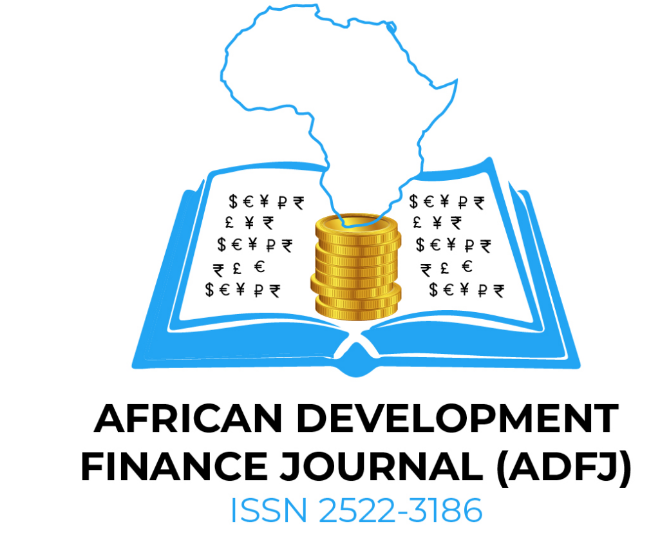Risk-Based Capital and Investment Returns of Insurance Companies in Kenya- The Intervening Effect of Asset Allocation
Abstract
This paper’s main aim was to establish the intervening effect of asset allocation on the relationship between risk based capital and investment returns of insurance companies in Kenya. The study population entailed sixty-three insurance companies licensed by the Insurance Regulatory Authority to operate in the Kenyan market. The data used for analysis was secondary data and was collected from the annual returns submitted to the regulator. The duration of the data was a 5-year period (2014-2018). Computation of risk based capital was as per the risk based supervision model requirement for both life and general insurance companies. Asset allocation was operationalized based on previous studies and was a component of time horizon and investment vehicle of each company. Investment returns was computed using the investment income ratio, which is a profitability measure in the insurance industry. Linear regression was used to evaluate the nature of the relationship among various variables based on the hypothesis in the study and at a significance level of 5%. The study adopted ordinary least square method (OLS) in its analysis. Tests for normality, multicollinearity and independence were conducted to confirm suitability of the data before analysis. The study findings revealed that asset allocation has an intervening effect on the relationship between risk based capital and investment returns of insurance companies in Kenya. This implied that risk based capital, which is the independent variable, influences asset allocation, which in turn influences the investment returns of insurance companies in Kenya. Therefore, an increase in asset allocation would result to an increase in investment returns. At policy level, the findings will assist portfolio managers diversify their investment to maximize their returns without being concerned on the amount of capital to hold. This is supported by the study findings which indicate a positive relationship between risk based capital and investment returns, thus allowing the managers to justify their investments in high risk areas which attract a high capital charge. However, the duration of such investments also needs to be considered, since the study findings indicate that asset allocation has a positive effect on the amount of capital to hold in order to cushion it from unforeseen circumstances and its effect on investment returns. Duration of the investment and investment vehicle were used to determine the asset allocation score, thus deeming investment duration important.
Keywords: Risk-Based Capital, Asset Allocation, Investment Returns, Linear regression analysis

